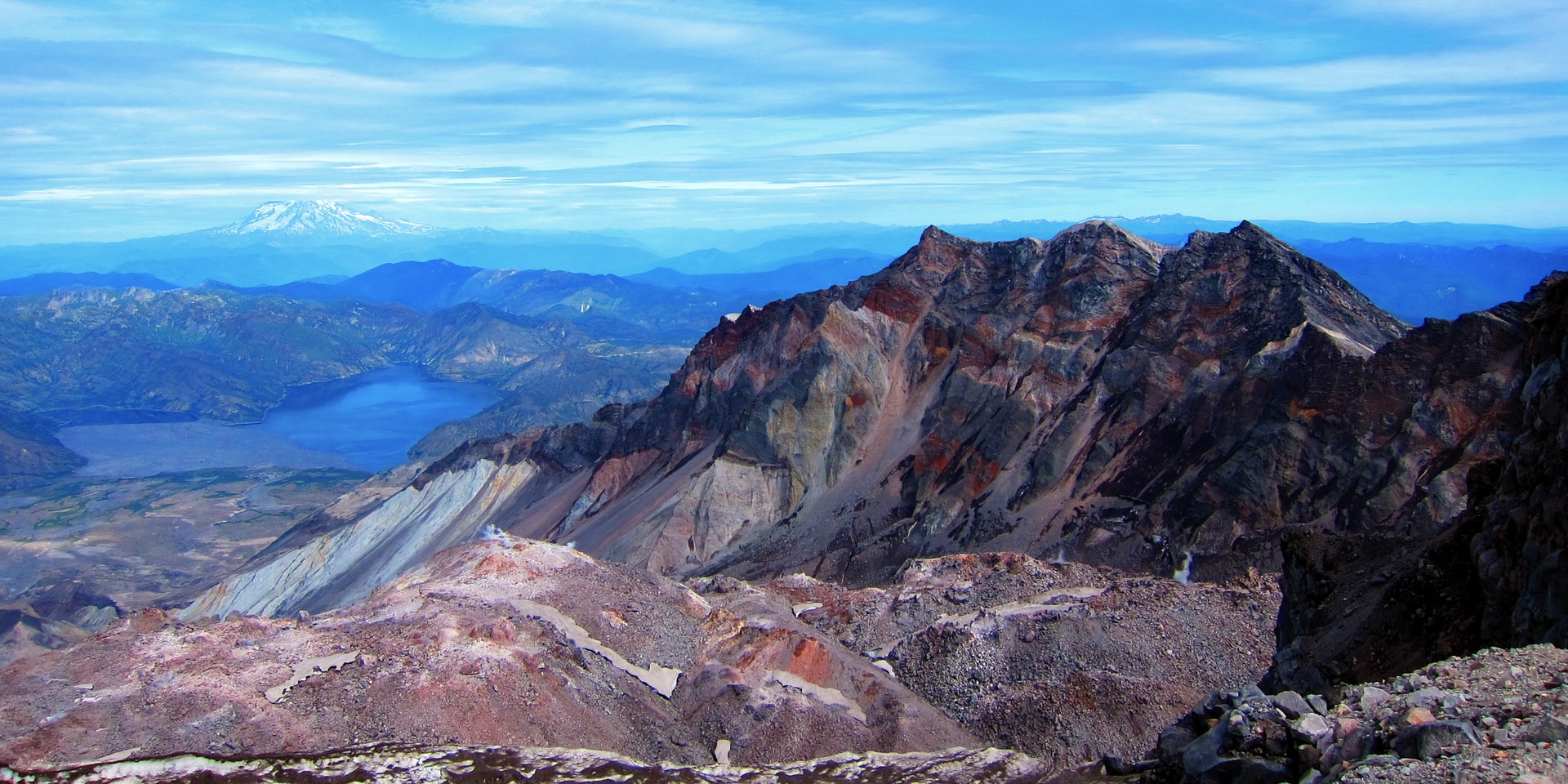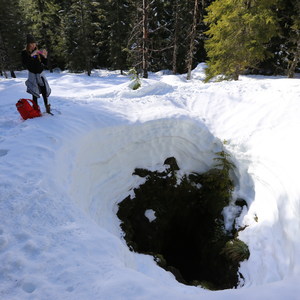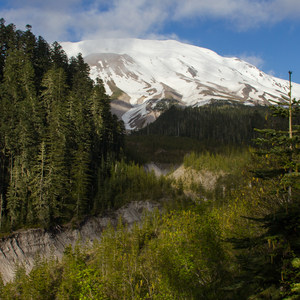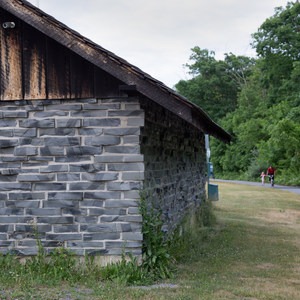On May 18, 1980, Mount St. Helens erupted with a force equivalent to 1,600 World War II atomic bombs. The crater it left in its wake is up to 2 miles wide and 2,100 feet deep. If you want to access the crater’s rim and view the result of the geological event between April 1 and October 31, you must purchase a climbing permit online and in advance from the Mount St. Helens Institute. The number of available permits fluctuates with the season. The access road from Cougar to the Climber’s Bivouac has the highest vehicle access on Mount St. Helens, and at 3,700 feet, weather can keep the road impassable. It is best to check the Mount St. Helens Institute website before your trip. The winter route to the summit leaves from the nearby Marble Mountain Sno-Park and follows the Worm Flows Route.
When it comes to gear to help you with your climb up Monitor Ridge, gaiters help manage the volcanic ash and trekking poles to help with the loose footing. The round-trip climb is approximately 9 miles and involves more than 4,500 feet of elevation gain, so plan on seven hours for fast-paced climbers and up to 12 hours if you prefer a more leisurely pace. If you expect to be on the latter end of that range, renting a room at the Lone Fir Resort or camping at the Climber’s Bivouac can help you get an early start.
No matter how long it takes you to reach the crater, the 360-degree view at the summit is well worth the effort. Looking north over the breached wall of the crater offers a spectacular view of Mount Rainer, while Mount Adams can be seen to the west and Mount Hood and Mount Jefferson to the south. Overall, Mount St. Helens is a climb you don’t want to pass up, and peering across the 2-mile wide crater provides the unique experience of making you feel like an ant on a massive anthill.











Comments
Sign In and share them.